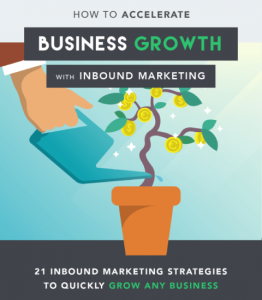“I love spending all my time on admin and email”…said no sales leader ever. And yet, we spend hours each week answering one-off emails, repetitive questions, and managing back/forth communication between teams. The more successful we are in guiding our sales conversations to close, the more likely we are to power through our workloads at strange hours of the night.
Fortunately, there’s a simple sales hack that can save you hundreds of hours a year with minimal upfront investment— to create more thorough, comprehensive, and informative proposals that answer questions preemptively and set expectations with your prospects early on. Here are 5 must-have elements to include.
1. A Comprehensive Cover Letter
Why should your prospects work with your company instead of your competitors? You could always answer this question over a series of conversations. Or, you could put the information that your target audience needs in your sales proposals.
Put together a cover letter that explains your company’s value proposition and key differentiators. Here are the elements that you should include:
- A one-liner about your company
- A short background about how your company came to be
- Your value proposition
- Short testimonials
- Short competitor battle cards
- Partial client snapshot
- Answers to frequently asked questions
Follow the information architecture in this example, here.

2. Team Bios
Who’s going to be your soon-to-be customer’s point of contact, and what makes these people awesome? Make sure that your prospects know that their business will be in good hands. Give them a glimpse into your team behind the scenes with the following:
- A photo of each team member
- A brief, 3-5 sentence bio for each person describing the individual’s role, areas of expertise, past experiences and awards, and educational accomplishments if relevant
- A fun or interesting detail about each person’s personality

3. Case Studies
What can your company help your prospects achieve? Show results that you’ve been able to help similar businesses drive. Keep things short and easy to skim. Here’s what you want to include:
- Basic information about your customer and why they approached your company
- A discussion of your customers’ goals and pain points, if relevant
- An explanation of how your company provided a solution
- A description of the results that your company generated

4. Detailed Pricing & Product Options
Pricing will be a major consideration for whether your prospect will want to move forward with you. Create a summary of your pricing structure. If you don’t have one, include a summary of ranges, mentioning that you’ll tailor your pricing to the exact agreement that you forge with your customers. At a minimum, you’ll want to include the following details:
- A description of your price points and offerings
- The value that your company is able to provide
- Details around exactly what your customer is receiving
- Information that describes what makes your company unique
You can create a pricing sheet that is similar to this one, here:

5. Project Briefs
You’ll want to show your prospective customers how you turn your ideas and brainstorms into action.
In the creative and services world, this tool is known as a project brief: it provides an initial opportunity for clients to get their thoughts on paper. Other types of businesses, especially B2B sales organizations, can make use of this technique to increase long-term customer success. Your brief should include the following information about your customer:
- Challenges
- Goals
- Ongoing needs
- Questions
- Concerns
- Pain points
Here’s an example to follow:

Final Thoughts
The goal is to ease your prospects’ decisions cycles, alleviate questions, and move them to close. In a world where we’re all bombarded with more information than we can handle, simplicity will be our best sales asset. Focus on moving conversations forward, and your selling process will feel a lot less salesy.
PandaDoc enables you and your team with better proposals. Let us know how you make your proposals awesome in the comments below!
Business & Finance Articles on Business 2 Community(32)
Report Post

